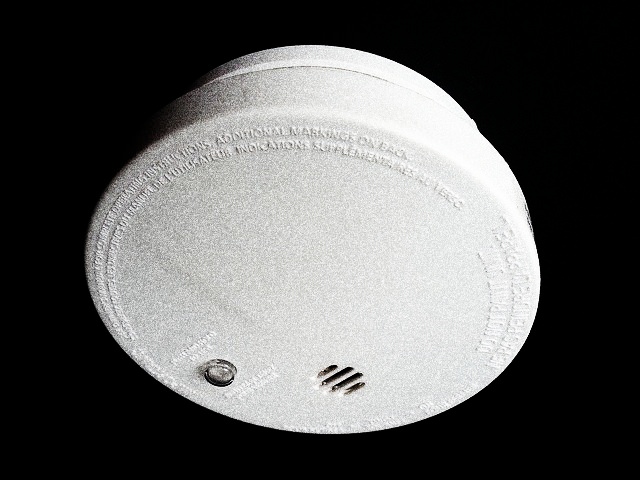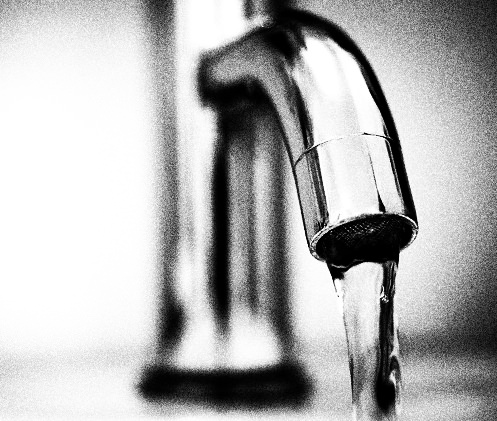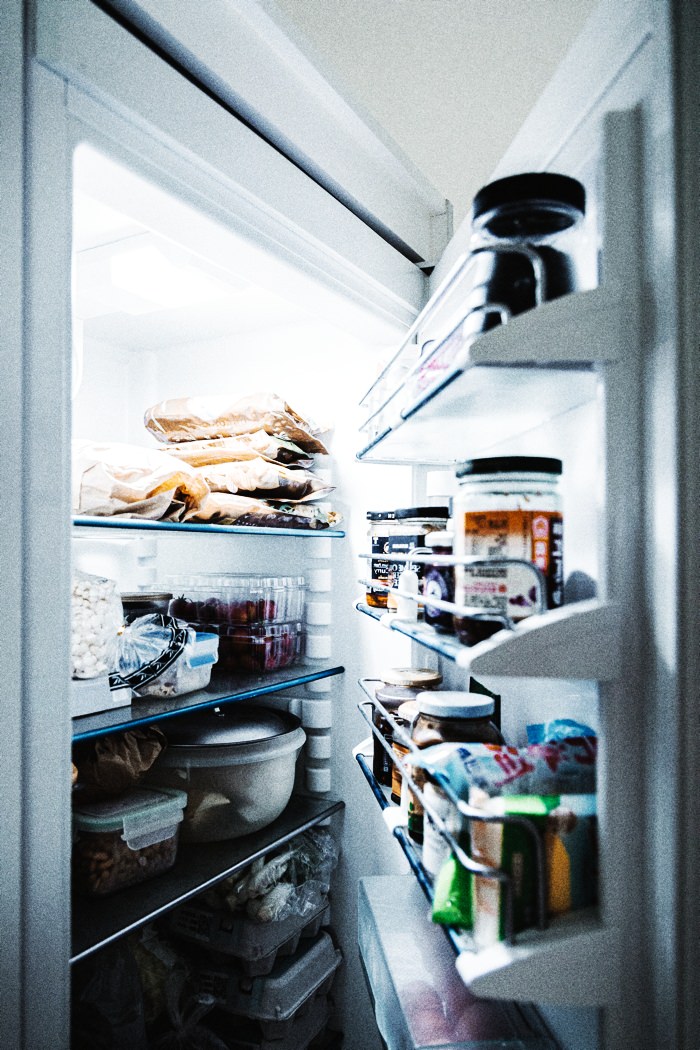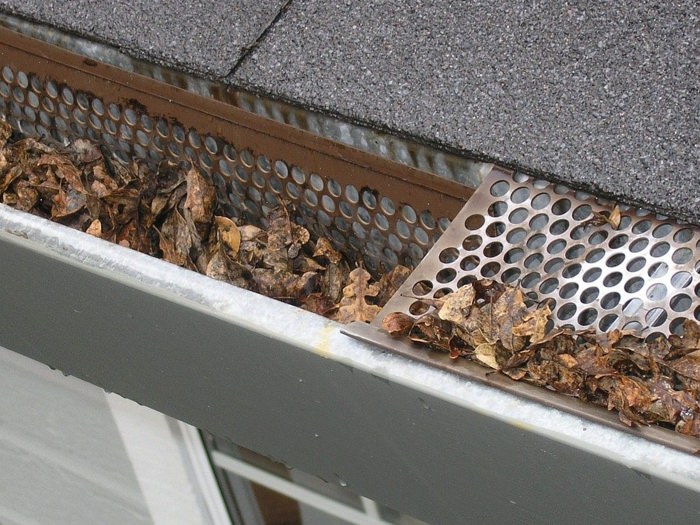Maintenance Tips For Your New Home That Will Keep It In Top Condition
Posted Wednesday, June 16th, 2021 | 2,003 views
These simple but effective home maintenance tips will keep your new home in top condition for years to come and help retain its resale value. Every homeowner has the responsibility of keeping their new house in good condition because a well-maintained house will be a safe and comfortable haven for your family for many years.
On the other hand, a poorly maintained house, can become a nightmare and turn out to be quite expensive to maintain.
Related: 10 Things You Can Do To Make Your New House A Home
Key New Home Maintenance Tips
Don’t get overwhelmed by every little task that comes up. Focus on the most important jobs first. Here are some of the most useful maintenance tips for keeping your new home in top shape.
- Test Your Sump Pump Regularly
- Replace Smoke and Carbon Monoxide Detector Batteries
- Lubricate Squeaky Door Hinges
- Clean the Aerators in Your Faucets
- Flush Your Hot Water Heater
- Vacuum the Condenser Coils on Your Refrigerator
- Change the HVAC Filters Regularly
- Clean the Gutters
- Stay On It And Never Forget
Test Your Sump Pump Regularly
Test your sump pump. Testing and maintaining your sump pump is important. Water is one of the biggest threats to your home and the amount of damage that even a small amount of water can cause is significant.
Millions of people across the globe spend thousands of dollars a year in water damage repair costs, and many precious irreplaceable family heirlooms get lost forever when homes flood.
Your best defence against flooding is a good sump pump, and maintaining it regularly should never be overlooked.
Test it and provide maintenance at least once every six months. Proper sup pump maintenance involves cleaning dirt and other grime or debris away from the foundation drain.
To test the pump, reset the main device or turn the power off and back on again. Pour enough water into the pit to activate the pump and check the water levels in the pit to ensure that it’s draining properly.
Testing your sump and making sure it works will be the best maintenance task for your home that you take care of especially if you ever encounter a flood. You’ll definitely thank yourself.
Replace the Batteries in Your Smoke and Carbon Monoxide Detectors
 Replace important batteries. Replacing the batteries in your smoke and carbon monoxide detectors is one of the most vital home maintenance tips because neglecting to do it could be the difference between life and death.
Replace important batteries. Replacing the batteries in your smoke and carbon monoxide detectors is one of the most vital home maintenance tips because neglecting to do it could be the difference between life and death.
Every house needs smoke and carbon monoxide detectors on every floor, and they should have their batteries changed once every six months.
Many people abide by the rule of thumb of changing the batteries whenever daylight savings time rolls around.
It’s also important to test your smoke and carbon monoxide detectors when you change the batteries to ensure that they’re all fully functional.
Lubricate Squeaky Door Hinges
Get rid of the squeak. A minor but very welcome maintenance task is oiling up any squeaky door hinges in your house. It’s a quick and easy job that will save you from the annoyance of high-pitched squeaks constantly echoing throughout the house.
To lubricate your hinges, simply take a small can of lubricant and squeeze a few drops onto each of the hinges. Then move the door back and forth a few times to work the oil throughout the hinge.
If the squeak is particularly stubborn, you may have to take the hinges apart one by one and apply the lubricant to the pins by hand. When doing it this way, only oil one hinge at a time to avoid needing to take the whole door down.
Clean the Aerators in Your Faucets
 Make sure to clean your faucet aerators.If you’re experiencing poor water flow in your faucets, it’s likely due to a dirty aerator.
Make sure to clean your faucet aerators.If you’re experiencing poor water flow in your faucets, it’s likely due to a dirty aerator.
An aerator creates an even and consistent flow of water from your faucet to help prevent splashing. Over time, aerators get clogged with mildew, soap scum, lime scale, calcium and other grime. All of these build-ups negatively affect the flow of water.
Cleaning Your Aerator
To clean an aerator:
- Start by putting the stopper in the sink to prevent the loss of any small parts.
- The aerator is located at the head of the faucet. Simply screw the end off with your hand or a pair of pliers.
- If pliers are necessary, protect the finish of your faucet by wrapping the cap with a cloth.
- Gently remove the aerator screen and soak it overnight in vinegar to help loosen the debris.
- Once it’s done soaking, give it a good scrubbing with a toothbrush.
- When it’s clean, reassemble the faucet and turn on the water to test the water flow.
If you did everything right, there should be a regular flow of water, the way it was before you cleaned it.
Flush Your Hot Water Heater
Clean and flush your hot water heater. Your water heater needs to process many gallons of water every day.
As a result, mineral deposits and other forms of grime wind up settling at the bottom of the tank. Over time, this buildup of gunk can cause your water heater to overheat and perform poorly.
Neglecting to clean the debris out regularly may reduce the lifespan of your water heater too. Flushing your water heater once a year helps keep it in good working order and maximizes its lifespan.
Most water heaters can be flushed manually with the help of a guide, but it’s a good idea to call a plumber to do the job if you’re concerned about damaging the heater or your pipes.
This guide will help you flush your water heater.
Vacuum the Condenser Coils on Your Refrigerator
 Clean your condenser coils. Refrigerators use metal coils to release heat and help retain the cool temperatures inside.
Clean your condenser coils. Refrigerators use metal coils to release heat and help retain the cool temperatures inside.
These coils quickly get caked with dust, hair and pet fur, which makes it difficult to expel the heat efficiently. At least once every six months, pull your fridge away from the wall, unplug it and gently clean the condenser coils with the hose of your vacuum.
The coils will either be located on the back or underneath the fridge behind the base grill.
If possible, use a brush attachment to help prevent damage to the coils and to remove as much dust and grime as possible. You can also use a damn cloth to wipe away and grime that’s built up.
If you maintain the cleanliness of your refrigerator coils, you can easily prolong and age of your fridge and ensure its efficiency.
Change the HVAC Filters Regularly
Replace your HVAC filters on a regular basis. In order to ensure that your HVAC system is always working efficiently, it’s important to change the filters once every two to three months.
Not only will regular filter replacement help maintain the proper temperature you set, but it will also save you money on your energy bills since your system won’t have to work overtime to compensate for the clogged filters.
Clean the Eavestroughs
 Regularly clean your eavestroughs. Just the mention of the need to clean the eavestroughs in any household is usually met with a lot of moaning and groaning, but it is a very necessary job.
Regularly clean your eavestroughs. Just the mention of the need to clean the eavestroughs in any household is usually met with a lot of moaning and groaning, but it is a very necessary job.
Eavestroughs get clogged with a lot of leaves, dirt, acorns, twigs and other gunk in a very short amount of time—usually every season, including winter.
If your eavestroughs are clogged, they won’t efficiently drain water away from your home, which could result in expensive water damage.
To make it easier to remember, you can just mark the day of the beginning of each season as the day you’ll clean your eavestroughs.
That way you’ll eventually remember every year and it won’t feel like such a burden to do.
You should also take this opportunity to repair or replace any parts of the gutters that are damaged and if you’re not too mechanically inclined. just call your local roofer who will be glad to inspect your eavestroughs for any issues.
Stay On It And Never Forget
Once you get into the habit of regularly providing maintenance to your home, you’ll constantly feel relief knowing everything is taken care of. You’ll save a lot of money over the years and delay major maintenance repairs and costs.
